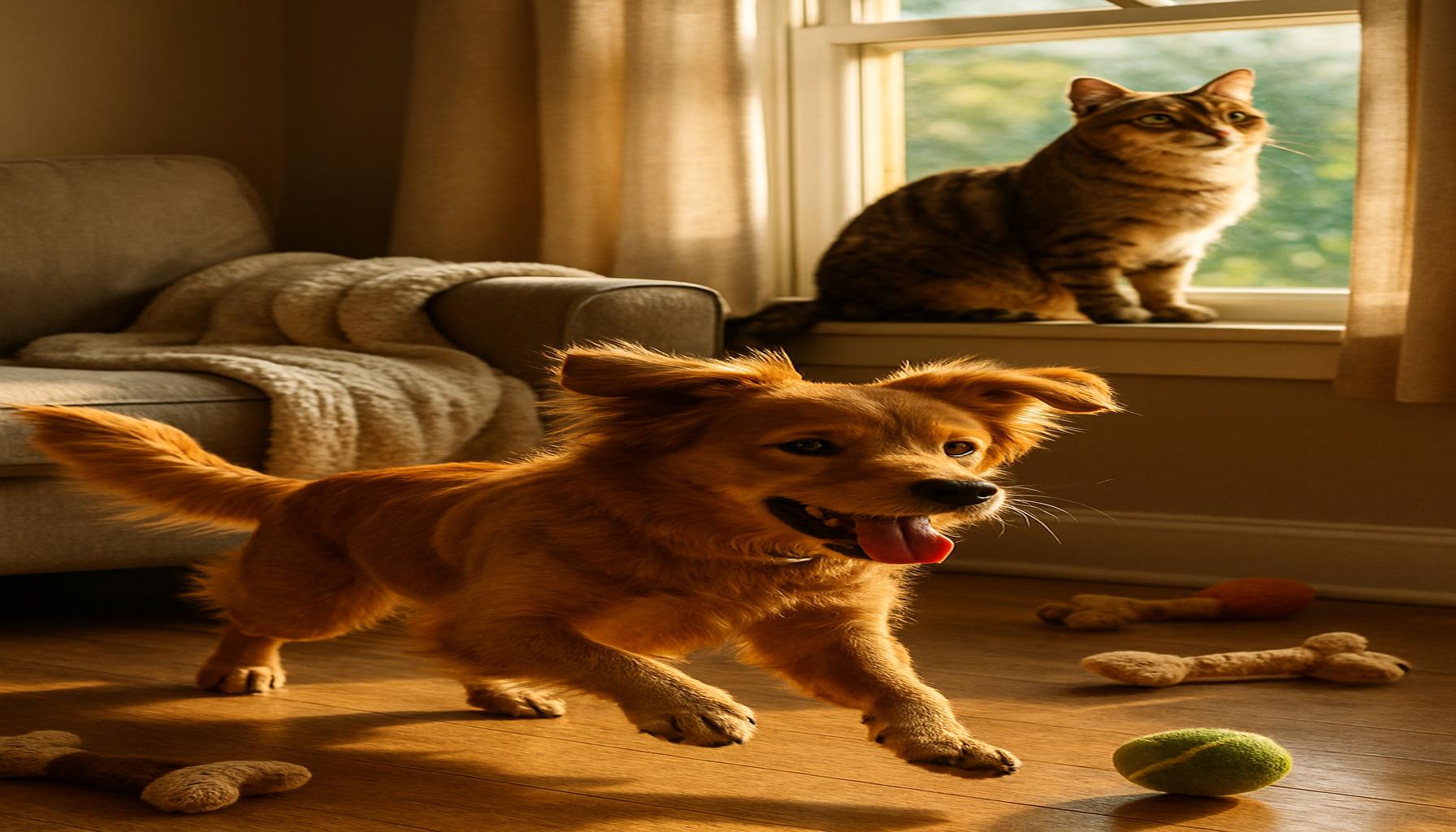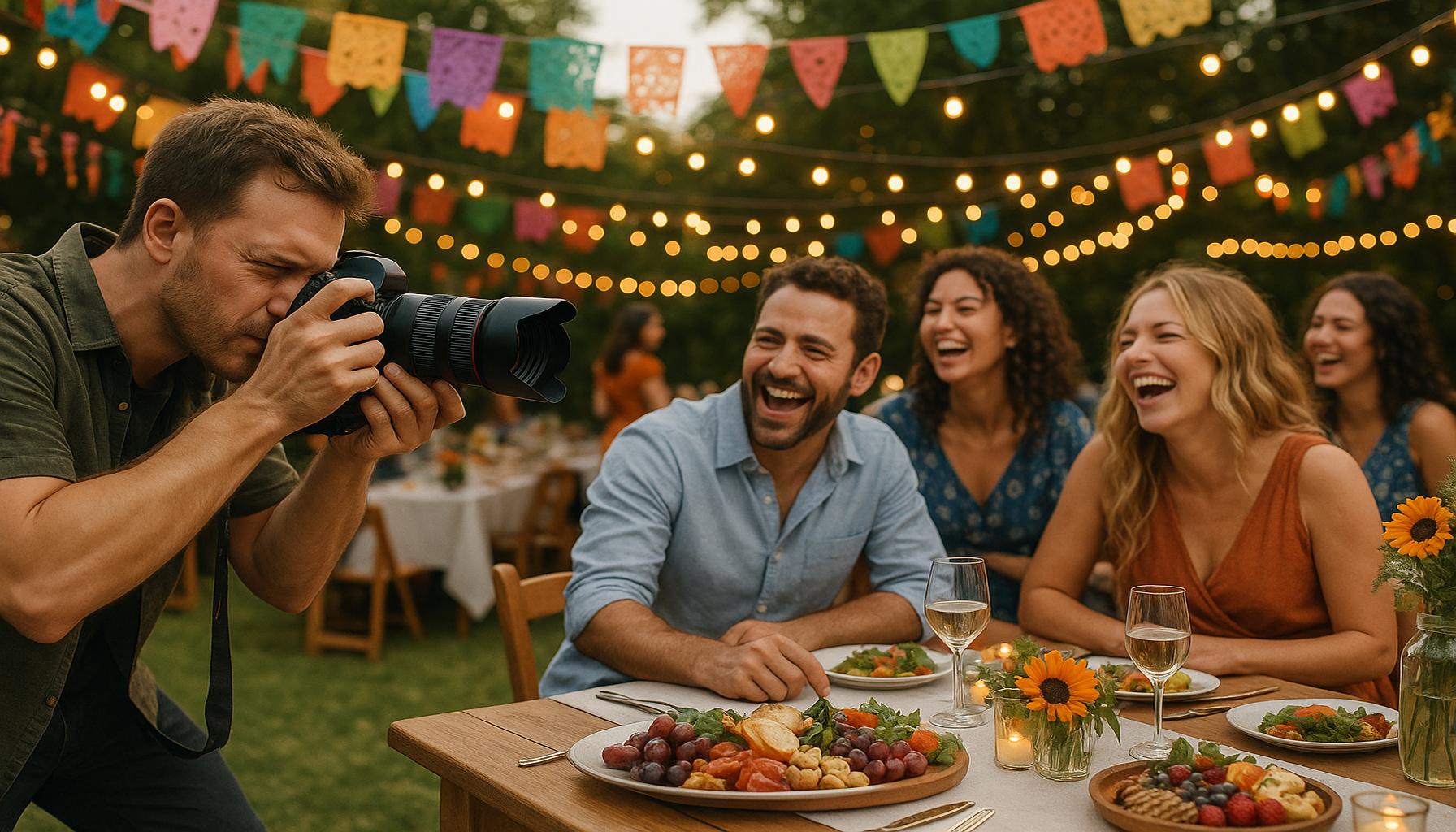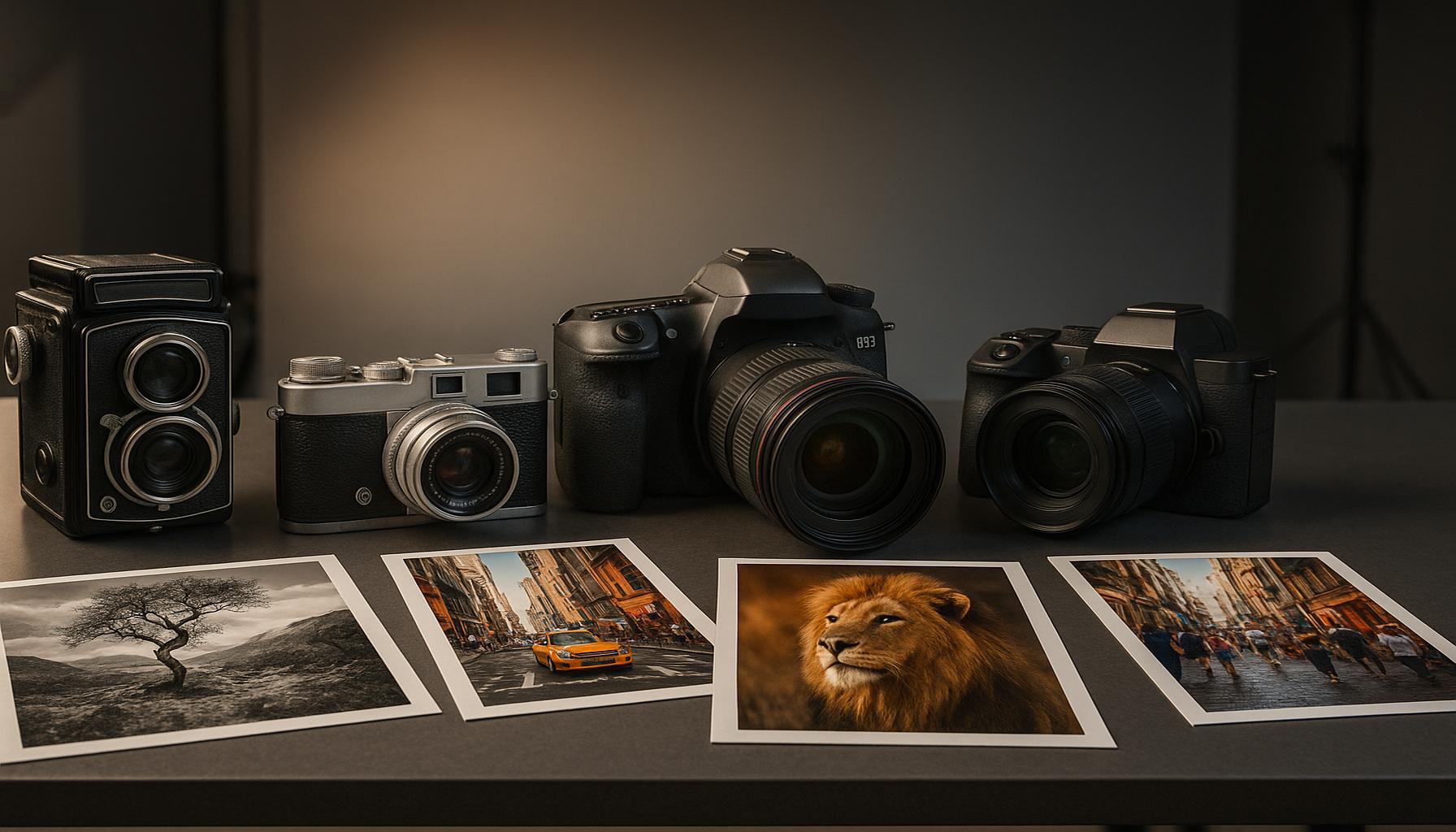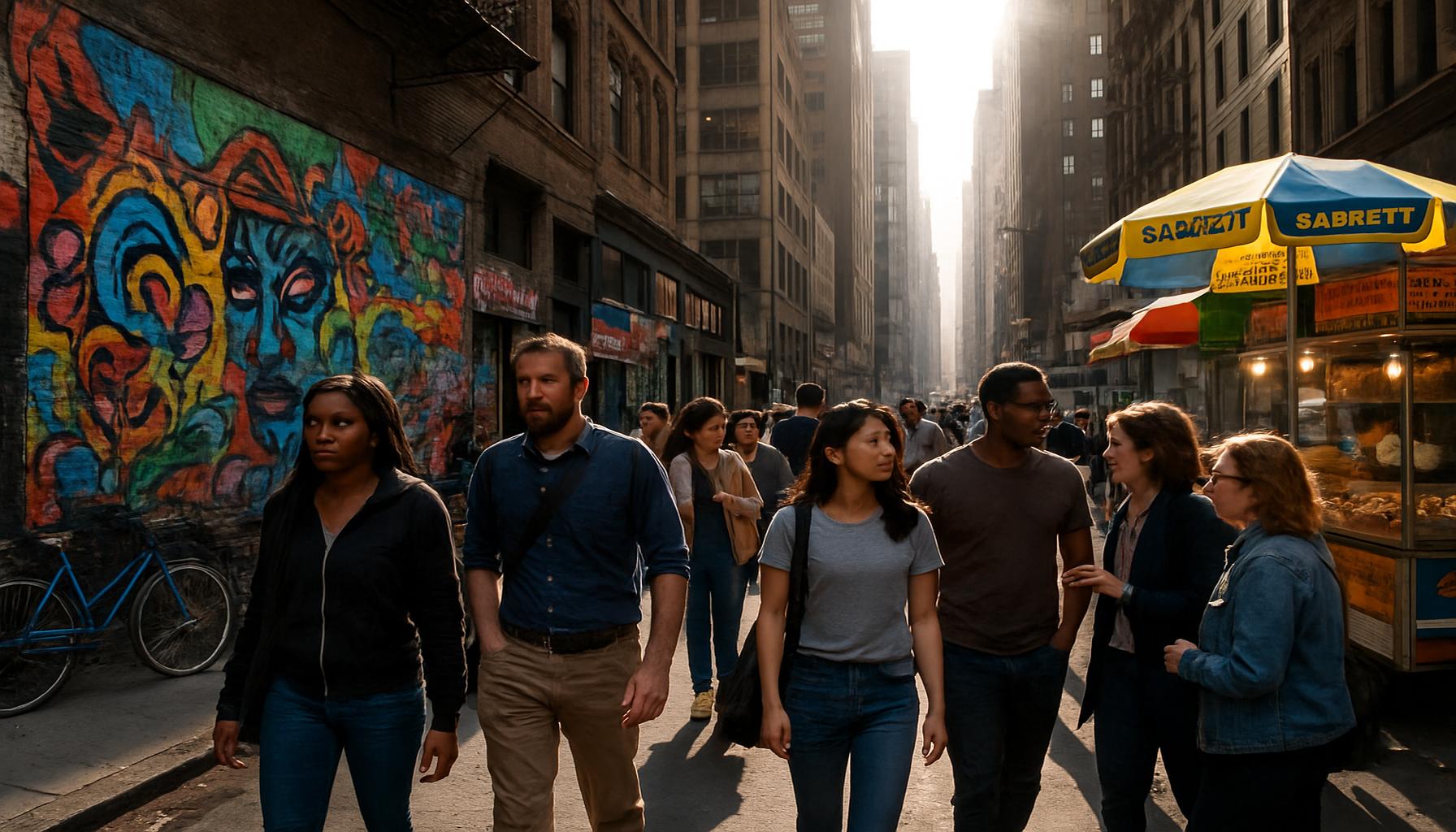Pet Photography: Tips for Capturing Your Best Friend’s Personality

Understanding Your Pet’s Unique Character
Pets are not just animals; they are companions that enrich our lives with their distinct personalities, filled with adorable quirks and captivating moods. In the fascinating field of pet photography, the goal is to capture these unique traits in ways that tell their individual stories. While the technical aspects of photography—like lighting and angles—are essential, it is also crucial to understand the deeper emotional connection that your furry friend has with you.
Utilizing natural light is paramount in capturing the essence of your pet. Whether it’s the soft glow during the golden hour at sunrise or the bright clarity of midday light, each moment can transform your image. For example, the way sunlight streams through a window can cast beautiful shadows and highlights on your pet’s fur, revealing their rich texture. Pay close attention to how your pet’s coat color interacts with different settings; a black cat may look striking against a bright background, while a golden retriever may radiate warmth in the soft light of dusk.
When it comes to angles, getting down to your pet’s eye level can create captivating images that draw viewers into your pet’s world. This perspective not only enhances the emotional connection of the photo but also allows you to capture more natural expressions. Instead of photographing them from above, which often flattens their features, kneeling or lying on the ground ensures that their playful spirit is captured authentically. A shot of a dog with its ears flapping in the wind while it runs toward you can exude pure joy and freedom, making the viewer feel as if they were part of that moment.
The background of your photo is equally important. Picking an uncluttered setting can keep the focus on your pet and enhance the story you want to tell. For instance, a simple soft-hued wall can beautifully contrast with your pet’s fur, whereas a busy park scene might distract from their charm. Opt for locations that complement your pet’s colors and personality—if you have a lively beagle, a vibrant garden may mirror their playful nature.
Patience plays a significant role in the art of pet photography. Allow your pet to get comfortable with the camera and the environment. This often results in more genuine expressions. Give them the space to relax, whether that means sitting quietly nearby as they play or engaging in light-hearted interaction. Sometimes, the most magical photos are the unexpected moments, such as a playful bounce or an inquisitive head tilt. This spontaneity can evoke laughter and warmth in any viewer.
Additionally, bringing out your pet’s personality can be achieved through playfulness. Using toys or treats is a great way to capture candid shots as they express excitement and joy. The delight in their eyes and the wagging of their tails can create an emotional resonance that static poses often lack. Be ready with your camera to seize these fleeting moments that reflect their true selves.
By honing in on these elements, you can produce stunning portraits that effectively showcase not just your pet’s appearance but also who they truly are as individuals. In the subsequent sections, we will explore practical techniques and pro tips, providing you with the tools necessary to elevate your pet photography skills to new heights.
DIVE DEEPER: Click here to discover how music can boost your creativity
Creating a Connection with Your Pet
In pet photography, establishing a connection with your subject is essential. Before you even pick up your camera, take some time to engage with your pet. This can involve simple activities such as playing fetch, cuddling, or even just sitting quietly beside them. Building trust will not only make the photography session easier but also result in much more lively and authentic images. Animals can sense your energy; a calm and relaxed demeanor will encourage them to exhibit their true personalities.
Getting to know your pet’s habits and moods can help you plan for the most effective shooting times. Are they an energetic morning animal or do they get more playful in the evening? Tailoring your photography sessions to coincide with their natural rhythms will yield the best results. Notice when they are most likely to be engaged or in a state of happiness. For instance, you might find that your cat is more sociable right after a meal, while your dog shows bursts of energy after a good walk. Utilize this time to capture those spontaneous moments that illustrate their vibrant character.
Choosing the Right Equipment
While you don’t need professional-grade equipment to take great pictures of your pet, investing in the right tools can enhance your results. Here are some essential photography gear tips:
- Use a DSLR or mirrorless camera if you can, as these allow for better quality images and more creative control.
- Choose a fast lens (like a 50mm or 85mm prime lens) to achieve beautiful depth of field and capture sharp images with great detail.
- Consider a good collar or harness for leash-bound pets, which can help keep them stable and create more defined compositions.
- Tripods can help reduce camera shake, especially in lower light conditions where longer exposures might be necessary.
In addition to equipment, having a few basic photography tools can greatly improve your workflow. A reflector can help bounce natural light onto your pet’s face, while an external flash can provide necessary illumination during darker indoor sessions. Remember, however, that artificial lighting may disturb your pet. Always observe how your pet reacts to new equipment and adjust accordingly.
As you step into the role of a pet photographer, keep the focus on your furry friend. The images you capture will be a reflection of your bond, as well as a testament to the joy and companionship they bring into your life. By developing a deeper understanding of your pet’s personality and incorporating thoughtful techniques, you’ll be well on your way to creating captivating portraits that celebrate their unique essence.
| Techniques | Explanation |
|---|---|
| Natural Light Usage | Utilizing natural light enhances the color and character of your pet’s fur, capturing a more lively and authentic image. |
| Close-Ups | Focusing on your pet’s facial features and expressions brings out their unique personality, creating an emotional connection in photographs. |
| Motion Shots | Capturing your furry friend in action showcases their energy and playful spirit, making for dynamic and engaging photography. |
| Props and Backgrounds | Using thematic props or vibrant backgrounds can set the mood of the shoot, enhancing your pet’s unique traits and creating a story. |
In pet photography, the techniques used can profoundly impact the portrayal of your pet’s personality. Incorporating the right strategies not only elevates the overall quality of the photos but also showcases the true essence of your furry companion. For instance, utilizing natural light helps in portraying warmth and authenticity that artificial lighting often fails to capture. Pet owners can also delve into close-up shots to highlight facial expressions, making delightful memories that resonate emotionally.Motion shots, on the other hand, are particularly effective in demonstrating a pet’s lively spirit. These images capture the excitement of playtime or the curiosity of exploration—moments that truly define their character. Additionally, thoughtfully selected props and backgrounds provide context that can narrate a story and reveal more about your pet’s interests.Paying attention to these techniques significantly improves your ability to photograph your best friend, helping you create lasting memories that visually articulate personality and flair. Explore these methods further, and you might just uncover new ways to portray the love and joy your pet brings into your life!
DIVE DEEPER: Click here to uncover the therapeutic benefits of writing
Mastering Composition Techniques
After establishing a connection with your pet and gathering the right equipment, it’s time to focus on composition. Just as in any form of photography, composition plays a vital role in how your images turn out. The way you frame your shots can either enhance or detract from your pet’s personality. Consider implementing the “rule of thirds,” which involves dividing your frame into nine equal parts with two horizontal and two vertical lines. Positioning your pet at the intersection points can lead to more engaging and dynamic images.
Another technique to explore is leading lines. Use paths, fences, or even the contours of your pet’s body to guide the viewer’s eye toward the focal point. This can create a sense of depth and a more immersive experience for the audience. Additionally, when capturing your pet in action, such as running or playing, try to anticipate their movements and leave some open space in the direction they are headed, which allows for a more natural and fluid composition.
Utilizing Natural Light
Lighting significantly impacts the outcome of your photographs, particularly in pet photography. Natural light can create softer, more flattering images than artificial sources. One of the best times to shoot is during the golden hour, which occurs shortly after sunrise or before sunset. During this time, the light is warm and soft, enhancing the colors in your pet’s fur and creating beautiful contrasts.
When photographing indoors, position your pet near a window where natural light can pour in. However, be cautious of harsh shadows or overly bright spots that can detract from the image. If needed, use sheer curtains to diffuse the sunlight, creating a more balanced lighting environment. Always remember to keep your pet’s eyes sharp and well-lit—eyes can convey emotion and help tell the story behind your photographs.
Capturing Authentic Moments
The heart of pet photography lies in capturing authentic moments that showcase your pet’s character. Instead of relying solely on posed shots, be on the lookout for candid interactions that reflect their daily behaviors. Whether they are lounging lazily on a favorite perch or curiously sniffing the world outside, these genuine moments often convey the most personality.
Consider incorporating their favorite toys or activities into your photography. If your dog loves to play fetch, photograph them mid-leap as they catch a frisbee or ball. For cats, try capturing the way they bat around a toy mouse or explore a cardboard box. These activities not only unveil their personality but also engage them, resulting in more natural and enjoyable images.
Post-Processing for Enhanced Impact
Post-processing can further elevate your pet portraits. Simple editing techniques, such as adjusting brightness, contrast, and color saturation, can significantly enhance your images. Programs like Adobe Lightroom and Photoshop offer user-friendly options for beginners, allowing you to refine your photos without a steep learning curve. Additionally, consider converting some images to black and white for a timeless feel that can evoke strong emotions.
Ultimately, don’t be afraid to experiment with different styles and editing choices. Your pet’s personality is unique, and your photography should reflect that individuality. With practice, patience, and a keen eye, you’ll find ways to make every shot a unique expression of your beloved companion.
DIVE DEEPER: Click here to unlock the therapeutic power of writing
Conclusion: Capturing the Essence of Your Furry Friend
In the world of pet photography, every click of the shutter offers a chance to immortalize the unique spirit and personality of your beloved companion. By understanding the art of composition, leveraging natural light, and being patient enough to capture those genuine, candid moments, you can create stunning images that tell a story—a story of love, playfulness, and companionship. Remember to experiment with different techniques and editing styles to fully express the traits that make your pet special.
As you embark on your pet photography journey, take the time to engage with your four-legged friend in their favorite spots or during their preferred activities. This not only enhances the authenticity of your photos but also deepens the bond between you and your pet. Utilizing simple post-processing techniques, you can elevate your photographs to new heights, making those treasured memories even more striking and vivid.
Ultimately, the goal is to capture your pet’s essence, creating images that not only look good but also evoke emotions and fond memories for years to come. So grab your camera, embrace your pet’s quirks, and let every click reflect the true personality of your best friend. Whether you are a hobbyist or an aspiring professional, these tips will set you on the path to becoming a skilled pet photographer, enabling you to showcase the love and joy your pet brings into your life.


